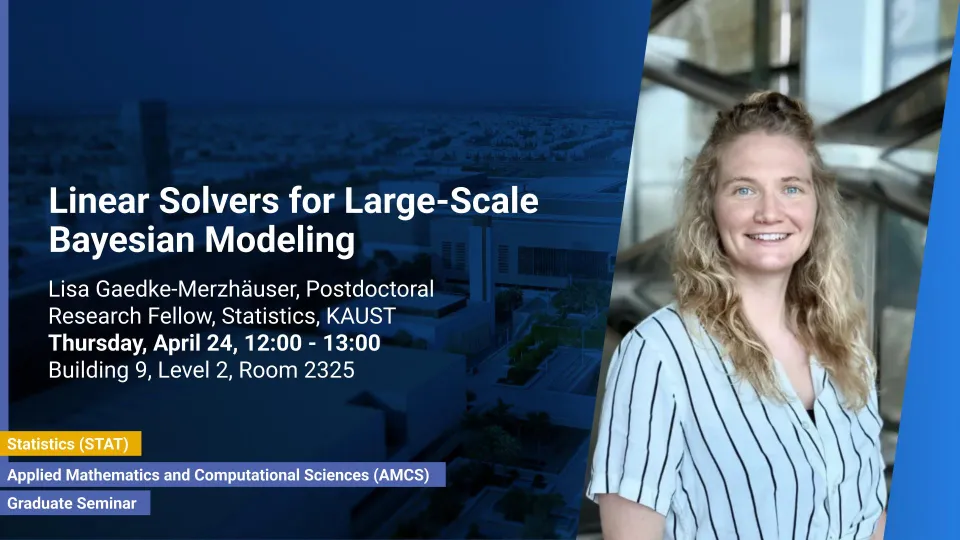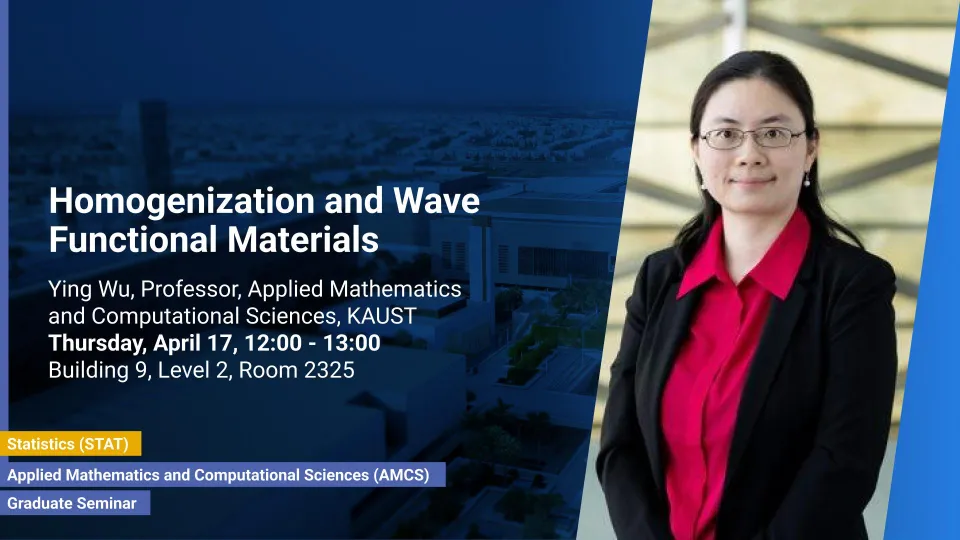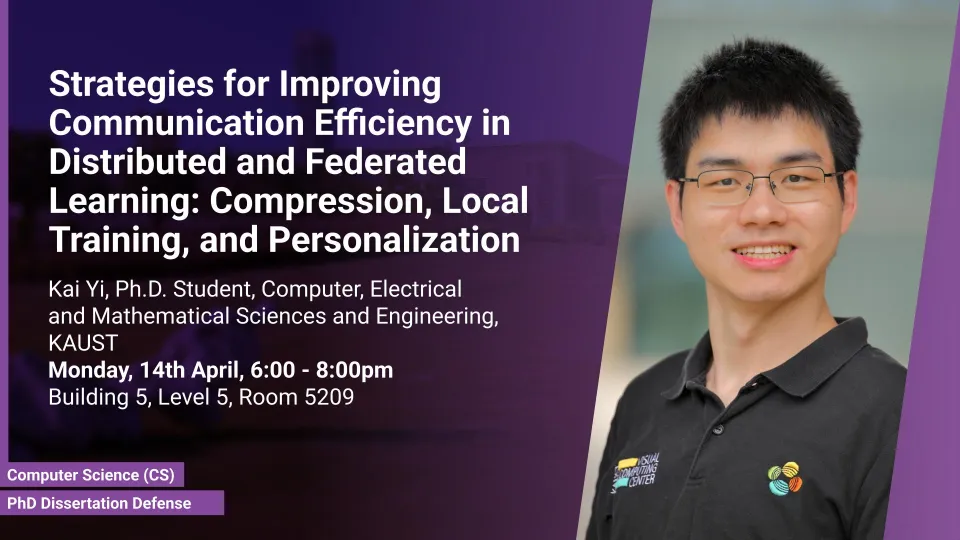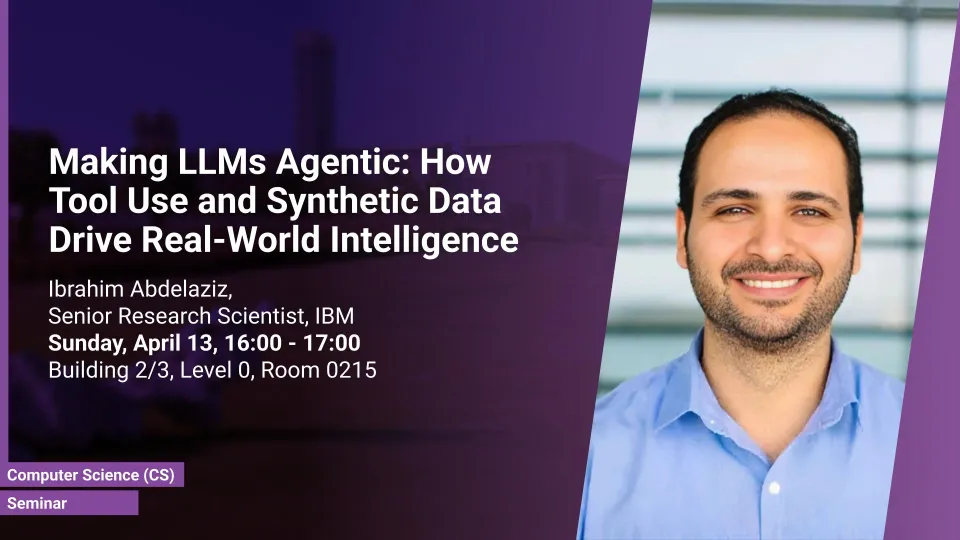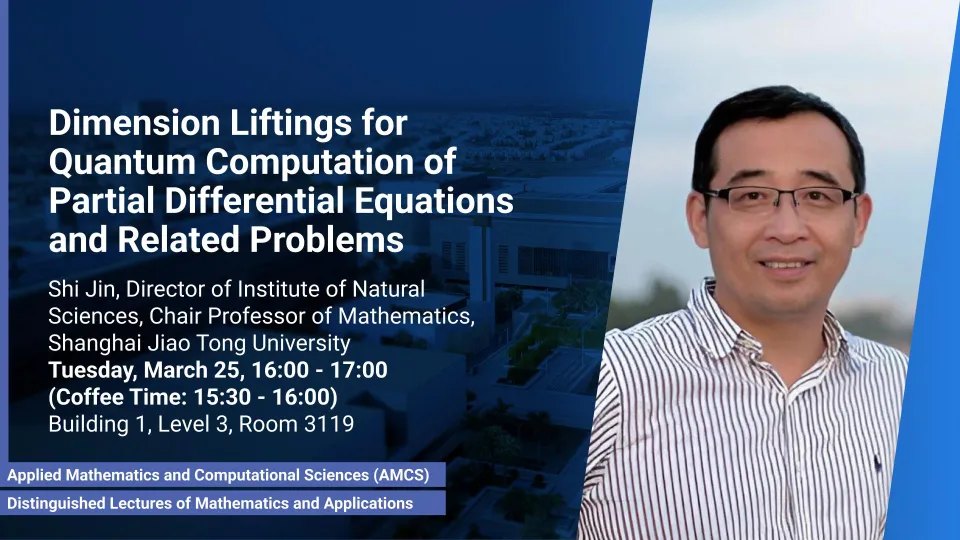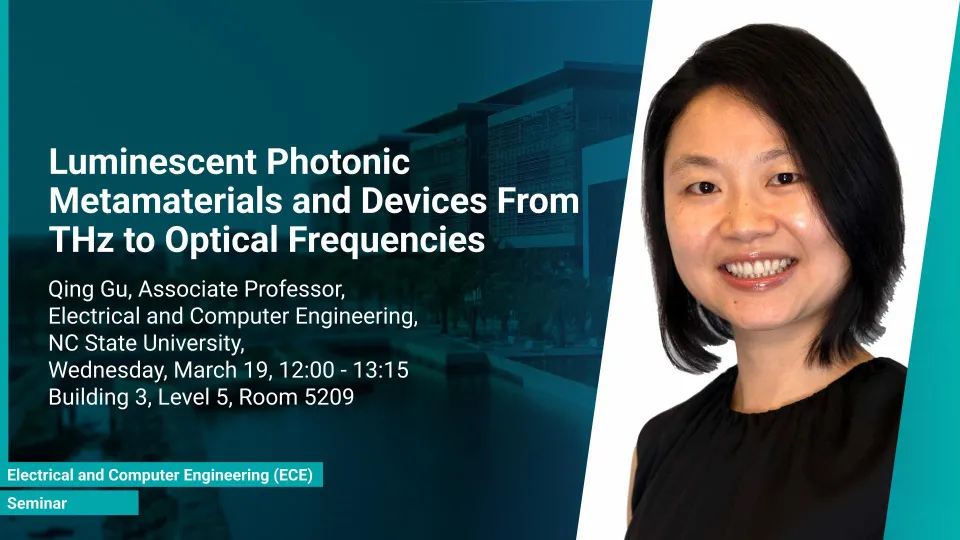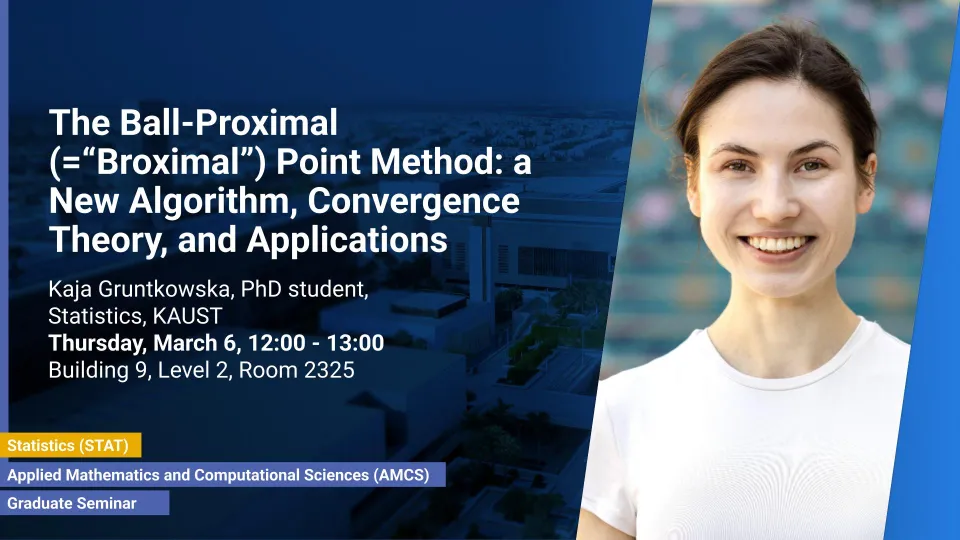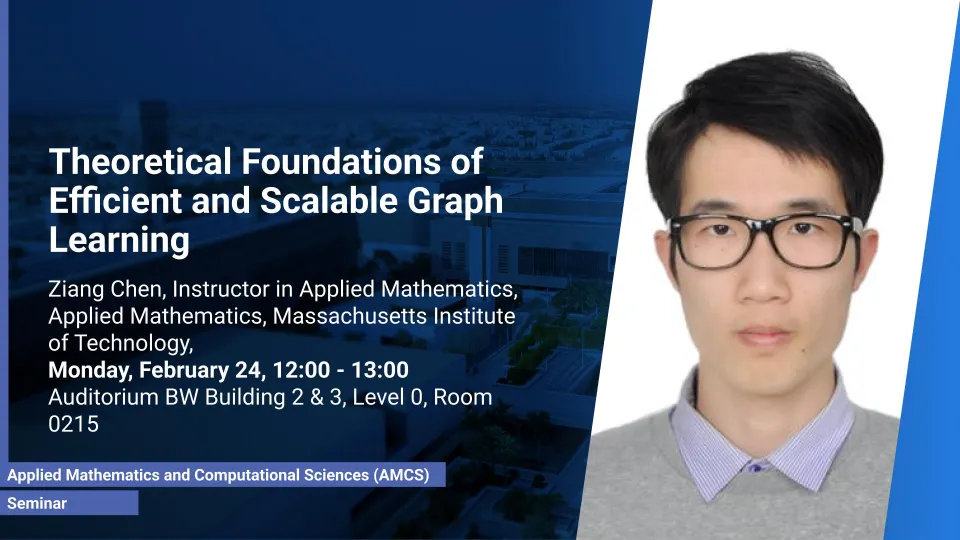Events
Apr 27 - May 3, 2025
Apr 20 - Apr 26, 2025
Apr 13 - Apr 19, 2025
Apr 6 - Apr 12, 2025
Mar 23 - Mar 29, 2025
Mar 16 - Mar 22, 2025
Mar 9 - Mar 15, 2025
Mar 2 - Mar 8, 2025
Feb 23 - Mar 1, 2025
Theoretical Foundations of Efficient and Scalable Graph Learning
-
Auditorium between Building 2 - 3, L0 R0215

